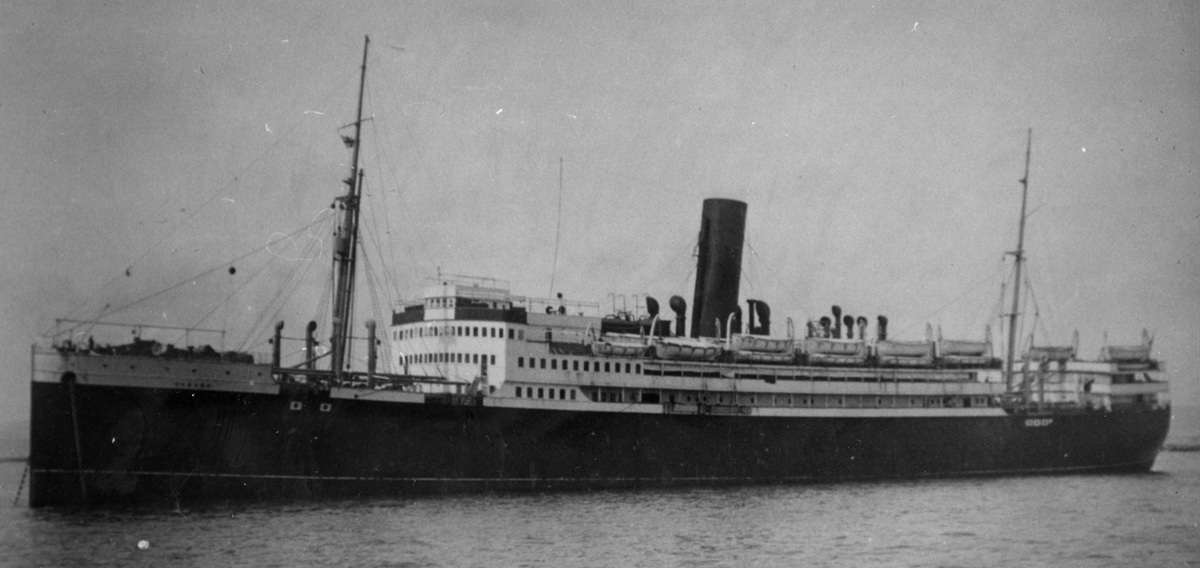HMS Audacity
.jpg)
The Amazonian Merchant Service had many ships plying their trade around the world. Choosing ships from these vessels actually proved very easy. Around the continent of Mu, a set of four cargo liners plied a regular service connecting all the major cities and coastal towns. Those ships were exactly what the Navy was looking for. Just over 500 feet, twin screwed for maneuverability, with a speed of 18 knots. Two of the four went to Ephesos to be converted to escort carriers. The advice from the Royal Navy was that a hangar would be fitted on all of their future conversions. Otherwise it was up to the Navy designers to work out a quick conversion that would get their ships to sea and out on the trade routes.

Late 1941 and the Glauce goes under the dockyard torches. Most of the central accommodation block was cut away to allow a hangar to be fitted over the top. The hangar could take a maximum of 24 aircraft, but normal complement was 18. Twelve Buccaneer dive bombers and six Griffon fighters. The Buccaneers could carry depth bombs for use against submarines. Armament was basic with 2x4" and 14 x 20mm Oerlikons which was considered more than enough for ships that should not have to fight pitched battles with surface ships or even submarines. That was what the other escorts were supposed to be for. The aircraft were upgraded in late 1943 to US aircraft, twelve ASW Avengers and six Hellcats.

The Glauce joined the fleet in August 1942. It took over the escort of the tanker convoys from the Prindylla, on the Mu to Panama route. As the other three of the class were converted and joined the fleet, the scope of their escort missions enlarged. From Panama the tankers would go to Venezuela to join other tankers from Caracas. There they would join an enlarged escort for the convoys from Venezuela up the East coast of the United States, with those earmarked for Great Britain carrying on to Newfoundland to join the next West bound convoy. Two Glauce class did the Mu to Panama route while the other two helped with the Venezuela to Newfoundland route.
All four survived the war and were converted back to mercantile use. The four continued in service till the 1960's when they were sold.
